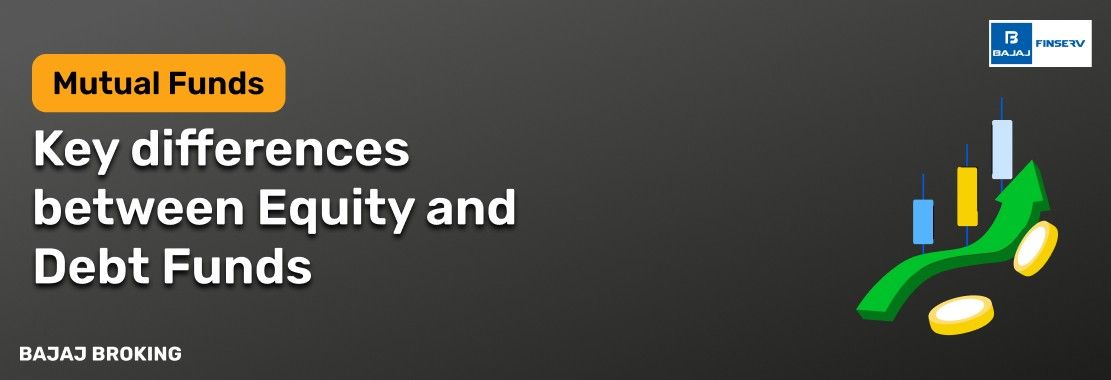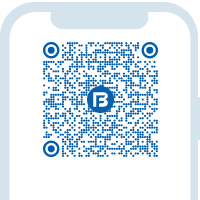It is essential to recognise your trading limits before initiating any transaction. While this may seem self-evident, many traders mistakenly assume that their full account balance is available for trading. In reality, the figure displayed on your screen does not reflect the entire picture.
Unexpected trade rejections or automatic square-offs can be both disruptive and costly. To prevent such situations, it is crucial to understand your available limit in advance. This refers not merely to the total funds in your account but specifically to the portion currently free for use in trading.
How to Check the Available Limit on Your Trading Account?
You know that moment when you are excited to take a position, everything’s lined up, and then boom, order rejected. “Insufficient funds.” But you saw Rs. 15,000 in your account, so what gives? I have been there. More than once. The thing is, what you see as your balance is not always your usable trading limit. That number includes blocked margin, unrealised P&L, and sometimes even collateral you cannot touch. So, where do you look? Log in to your trading app and head straight to the Funds or Limits section. That is where the real story lives. Look for “Available to Trade” or “Available Cash.” And do not skip the breakdown, especially if you have pledged securities or open positions. Once you start checking this before every trade, things suddenly start making a lot more sense.
How Available Margin to Trade Is Calculated?
So, the next time you look at your dashboard and wonder, “Why is my limit lower than expected?”, do not panic. There is a formula behind it. Well, not a single neat formula, but a bunch of factors that work together to decide how much you can actually trade with.
Before you get annoyed at the number, here is what goes into calculating it:
Cash balance in your account
This is your actual money. The funds you deposited. But even this can shrink if some of it is already blocked for pending trades or margin requirements. So always double-check what is free.
Collateral margin from pledged securities
If you pledged shares or mutual funds for extra margin, this kicks in here. Just remember: brokers apply a ‘haircut’ so you only get a percentage of that value as usable margin.
Realised and unrealised profit/loss
Any profit from closed trades boosts your margin. Unrealised P&L might count too, but tread carefully. It is not “real” money yet and can swing fast. Use it at your own risk.
Blocked margin for open positions H3
If you are already holding positions, some of your margin is locked. So even if your account shows Rs. 25,000, a chunk might be unavailable because it is holding up your existing trades.
Required margins for trades (SPAN + Exposure) H3
For futures and options, exchanges require specific minimum margins—SPAN and exposure margins. Your broker ensures you meet both before letting you place that order.
H2: How to Increase Your Available Limit?
You spot the perfect entry, you rush to place the order, and your broker says: “Nope. Not enough margin.” Feels unfair. But increasing your available limit is not out of your hands. You have options. Some simple, some strategic.
Here is what you can do to free up or boost your limit:
Add more funds to your account H3
Yep, the obvious one. If you can afford to, transfer additional funds. This is the fastest way to raise your limit, especially when your account is cash-heavy and not using pledged collateral.
Pledge eligible securities for margin H3
Have idle shares or mutual funds lying in your Demat? Pledge them. Your broker will convert those into collateral. It adds to your margin without needing more cash upfront.
Close trades and book profits H3
Sometimes the limit is stuck simply because you are sitting on gains. Booking profits frees up blocked margin, and unlike unrealised P&L, this is real, usable capital you can deploy immediately.
Avoid carrying forward overnight trades H3
Overnight positions need more margin. So if you are unsure about holding something till tomorrow, you have the option to square off by the end. You will see a noticeable jump in your available limit.
Use margin trading facility (MTF) wisely H3
MTF lets you take delivery trades without paying full cash upfront. Useful? Yes. Risky? Also yes. Use it smartly and only when you understand the interest costs and how margin shortfall penalties work.
Additional Read: What is Day Trading?
H2: Conclusion
If you are still reading, here is what I want to leave you with: knowing your available limit is not some optional side quest, it is the core of responsible trading. Because here is the truth: your stock picking can be flawless, your timing spot on, but if you ignore your margin situation, your trades will not go through. Or worse, you might get trapped in a penalty spiral. I learned it the hard way, staring at a “Position Closed by Broker” notification. So, start checking your limits before you chase returns. Know what you are working with.





